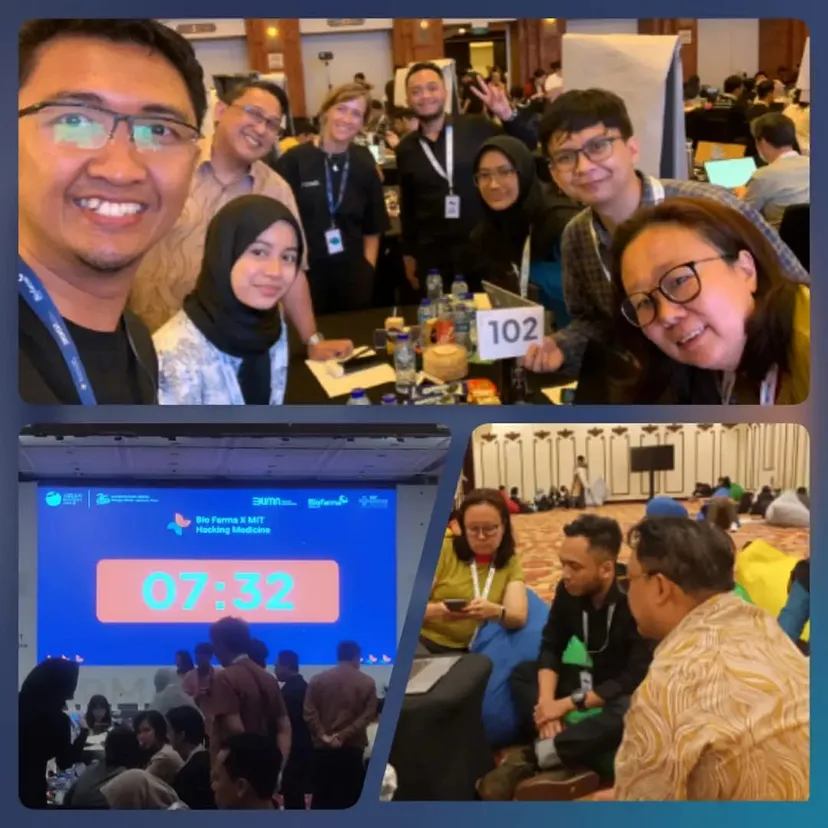
Overview
I participated in event hosted by Bio Farma, a state-owned pharmaceutical corporation in Indonesia, in collaboration with MIT Hacking Medicine. The event attracted a total of 1061 applicants, and 201 were selected from different countries including Indonesia, Singapore, Malaysia, Australia, and Nigeria. I am proud to say that I am one of the selected participants. As a first-timer in a hackathon, I am thrilled to have the opportunity to work with experts from diverse backgrounds such as doctors, analysts, and entrepreneurs.
Over the course of 48 hours, we will be tackling real challenges through ideation to prototyping. My role in this event is as a designer, most of my time designing for MVP feature. Beside that I also as data analyst, interested in this upstream track, because it involves planning and predicting to fit the market.

Problem Statement
As mentioned before, I got an upstream track — Pharmaceutical & biotechnology supply chain. The pharmaceutical SOE Holding, Bio Farma Group (including Kimia Farma and Indofarma) is experiencing an overstock of products worth 74 million USD, including vaccines, drug, and medical devices.
Despite this overstock, customers often experience shortages of their requested products. The group’s supply chain data is currently neither properly streamed nor uniformly calculated, making it difficult to identify the root cause of the problem.
Any kind disruption in the supply chain could lead to a domino effect, leading to unavailability of product downstream.
Background

As we did our desk research. First, we realized that when users fall ill, they typically seek medications through various channels such as doctors, retail pharmacies, drugstores, or even grocery stores. In Indonesia, there are approximately 135,000 drug outlets, comprising 29% licensed establishments and 71% unlicensed ones (BMJ Global Health 2021). Unlicensed has the biggest percentage, then it could give some gap for pharmaceutical companies to be calculated for predicted demand and supply. Second, in Indonesia some research study for medicine especially antibiotics conducted in every provinces.

Benchmark



Competitor analysis involved searching for similar applications, but distinct functionalities were identified when comparing them to early apps like Medisafe. Medisafe primarily serves as a medication reminder for users, while another example, drugs.com, focuses on providing comprehensive information about various drugs. According to Badan Pusat Statistik Indonesia, there has been a consistent upward trend in self-medication among users since 2015.
Ideate

Workflow

Protorype and Mockup



Leave a Reply